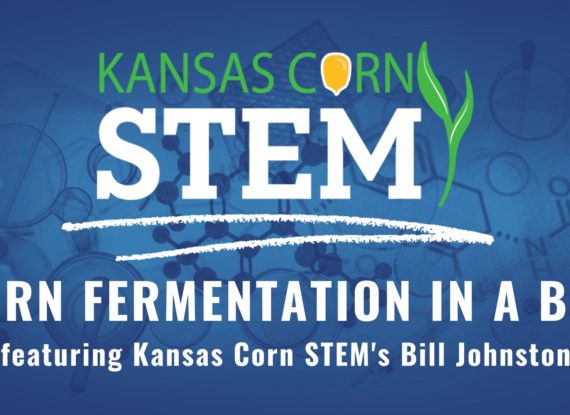Ethanol is a renewable source of fuel for vehicles that is widely produced from corn. Ethanol production is reliant on anaerobic fermentation of corn sugars by yeast. Scientists and industry professionals are always working to make the fermentation procedure more efficient. Different enzymes are added to the corn to break the starch into simple sugars that the yeast can process into ethanol. This lab allows students to experiment with different variables in the fermentation process to determine their effect. When a fuel, such a gasoline, is burned, carbon is released into the atmosphere in the form of carbon dioxide. Burning fossil fuels adds extra carbon dioxide to the atmosphere. This extra carbon dioxide traps heat from the sun and is a major contributing factor in climate change. Ethanol made from corn also releases carbon dioxide into the atmosphere, but unlike burning fossil fuels, corn plants have already absorbed the CO2 from corn grown last season. This means that by using ethanol we can cycle carbon dioxide between the plants and atmosphere, as opposed to releasing fossilized carbon from oil.
Fermentation in a Bag- Silage
Fermentation in a Bag (At Home) lesson teaches the fermentation process involved with making ethanol. This lesson can also be used to describe the fermentation process that happens with making corn silage. Watch the video provided by Bill Johnston and check out the additional resources for addtional ways to learn about the fermentation.
Additional Resources
This lesson is the work product of the Kansas Corn Commission. Our lessons are written in collaboration with Kansas teachers for use in the classroom. Teachers may copy and share this curriculum. Use of this product for commercial or promotional use is prohibited without express permission of Kansas Corn.
Newsletter Sign Up
Each quarter we release a newsletter written by teachers for teachers. This is an easy way to keep up with what is happening at Kansas Corn STEM.
Subscribe Today!
